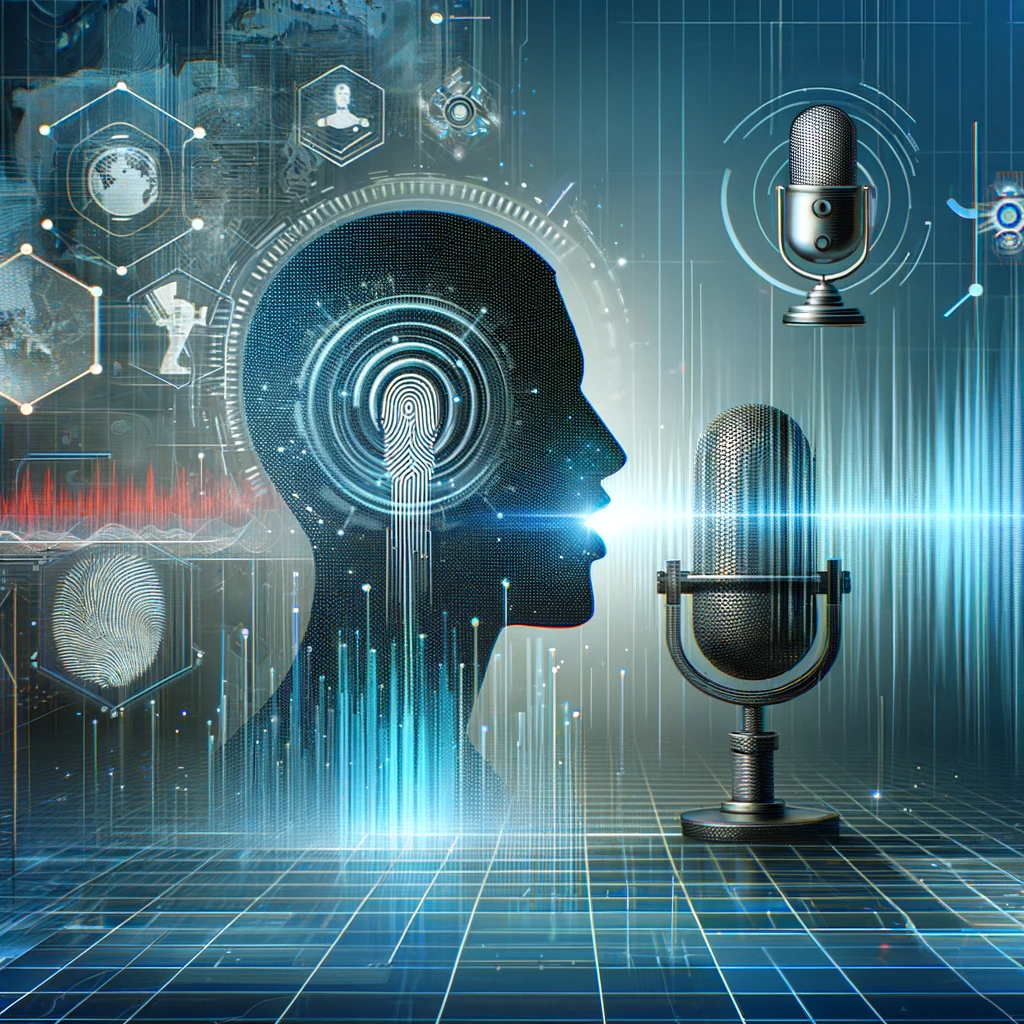
Introduction to Voice Biometrics for Authentication
Voice biometrics has emerged as a cutting-edge technology in the field of authentication, offering a secure and convenient way to verify individuals based on their unique voiceprints. Unlike traditional authentication methods like passwords or PINs, voice biometrics leverages the distinct characteristics of an individual’s voice to grant access to systems, applications, or devices.
The Science Behind Voice Biometrics
Each person has a unique voice, just like a fingerprint or DNA. Voice biometrics uses advanced algorithms to analyze various vocal attributes, such as pitch, tone, rhythm, and pronunciation, to create a digital representation of an individual’s voiceprint. This voiceprint is then compared to a pre-recorded voiceprint stored in a database for authentication purposes.
The Advantages of Voice Biometrics
Voice biometrics offers several advantages over traditional authentication methods:
- Enhanced Security: Voiceprints are difficult to replicate, making it highly secure against impersonation or fraud attempts.
- User-Friendly: Users find voice authentication more convenient and natural compared to remembering complex passwords or PINs.
- Multi-Modal Integration: Voice biometrics can be seamlessly integrated with other authentication methods, such as facial recognition or fingerprint scanning, for enhanced security.
- Improved Customer Experience: Voice authentication eliminates the need for lengthy authentication processes, providing a smoother and quicker user experience.
Applications of Voice Biometrics
Voice biometrics finds applications in various industries:
- Financial Institutions: Banks and financial institutions utilize voice biometrics to secure customer transactions and prevent unauthorized access to accounts.
- Telecommunications: Telecom companies use voice biometrics to authenticate users accessing their services, preventing identity theft or subscription fraud.
- Government Agencies: Government agencies employ voice biometrics for secure access to sensitive information, ensuring only authorized personnel can access classified data.
- Healthcare: Voice biometrics enables secure authentication of healthcare professionals accessing electronic health records, protecting patient privacy.
Challenges and Considerations
While voice biometrics offers significant advantages, there are some challenges to consider:
- Accuracy: Environmental factors, voice quality, or variations in pronunciation can impact the accuracy of voice biometrics. Continuous advancements in technology are addressing these challenges.
- Privacy Concerns: Collecting and storing voiceprints raise privacy concerns. It is essential to ensure robust data protection measures and comply with relevant regulations.
- Impersonation Risks: Although difficult, there is a possibility of voice mimicry or voice synthesis techniques being used for unauthorized access. Ongoing research focuses on detecting and mitigating such risks.
Conclusion
Voice biometrics offers a compelling solution for authentication, combining security, convenience, and user-friendliness. With its diverse applications across industries, it is poised to revolutionize the way we authenticate individuals and safeguard sensitive information. As technology continues to advance, voice biometrics will only become more sophisticated, ensuring robust security measures for the digital world.







